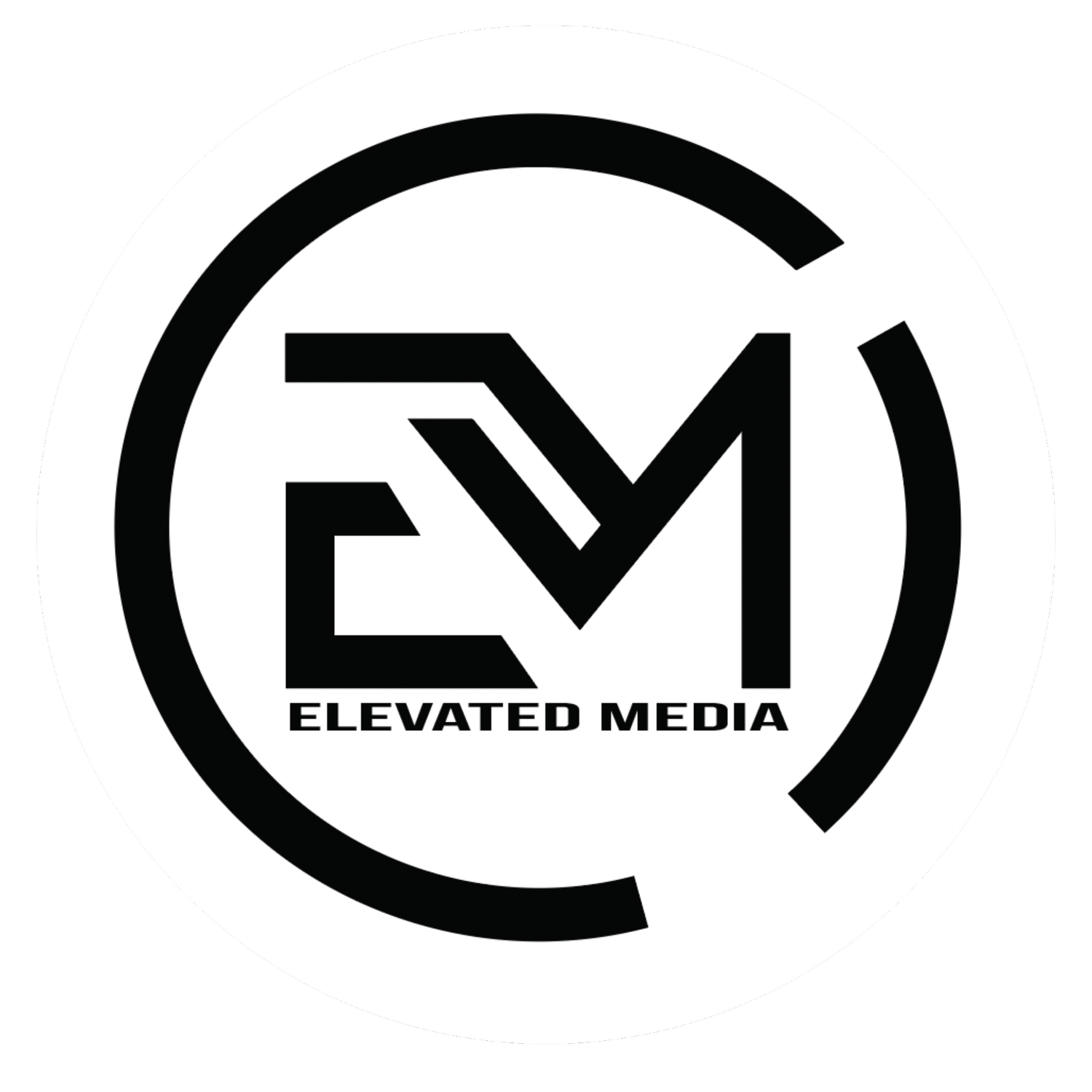Mastering Product Management: A Comprehensive Guide to Frameworks for Success
Welcome to the digital playground! Product Management Frameworks that are commonly used by product managers. These frameworks provide a systematic approach for product managers to evaluate opportunities, make strategic decisions, and develop successful products.
1 . BCG Matrix: This framework helps product managers categorize products into four quadrants based on market growth rate and market share. It helps in evaluating the portfolio of products and identifying potential areas of growth.
Example: A technology company can use this framework to evaluate its product portfolio and decide which products to invest in based on market growth and market share.
2. Product Vision Board: This framework helps product managers create a clear and concise product vision that aligns with the company's overall mission and objectives. It helps in defining the product's purpose, target audience, and unique value proposition.
Example: A startup developing a new app can use this framework to define its product vision, identify its target audience, and create a product roadmap.
3. AARRR Framework: This framework helps product managers measure the performance of their products across five key metrics: Acquisition, Activation, Retention, Revenue, and Referral. It helps in understanding customer behavior and optimizing the product accordingly.
Example: An e-commerce company can use this framework to measure the effectiveness of its marketing campaigns, identify areas of improvement, and optimize its sales funnel.
4. Three Horizon Framework: This framework helps product managers visualize the product's roadmap across three-time horizons: Horizon 1 (short-term), Horizon 2 (medium-term), and Horizon 3 (long-term). It helps in balancing the focus between innovation and optimization.
Example: An automotive company can use this framework to plan its product roadmap for the next few years, balancing short-term product updates with long-term innovation initiatives.
5. Product Strategy Canvas: This framework helps product managers map out the competitive landscape and identify areas where their products can differentiate from the competition. It helps in creating a compelling product strategy.
Example: A software company can use this framework to identify the key features and functionalities of its product that can differentiate it from the competition and create a unique value proposition.
6. Product Prioritization Framework: This framework helps product managers prioritize product features and functionalities based on their importance and impact. It helps in optimizing the product roadmap and maximizing the product's value.
Example: An online education company can use this framework to prioritize the development of new courses based on their popularity and potential revenue.
7. Story Mapping: This framework helps product managers visualize the user's journey and the features and functionalities required to achieve their goals. It helps in creating a user-centric product roadmap.
Example: A mobile app development company can use this framework to map out the user's journey from downloading the app to achieving their desired outcomes and optimize the product accordingly.
8. RICE Framework: This framework helps product managers evaluate product ideas based on four criteria: Reach, Impact, Confidence, and Effort. It helps in prioritizing product ideas based on their potential impact and feasibility.
Example: A SaaS company can use this framework to evaluate potential new features and prioritize development based on their impact and feasibility.
9. MoSCoW Method: This framework helps product managers prioritize product requirements based on their importance and urgency. It helps in managing stakeholder expectations and optimizing the product roadmap.
Example: A project management software company can use this framework to prioritize product requirements based on their importance and urgency, ensuring that critical features are delivered on time.
10. Kano Model: This framework helps product managers categorize product features based on their impact on customer satisfaction. It helps in creating a customer-centric product roadmap.
Example: An e-commerce company can use this framework to categorize product features based on their impact on customer satisfaction.
11. Product Design Frameworks: This framework helps product managers create user-centric designs for products. It helps in developing products that are easy to use and provide a great user experience.
Example: A mobile app development company can use this framework to create user-centric designs for its mobile app, ensuring that the app is easy to use and provides a great user experience.
12. Minimum Viable Product (MVP): This framework helps product managers develop a product with the minimum set of features required to test the market and validate the product concept. It helps in reducing the risk of product failure and maximizes ROI.
Example: A startup developing a new social media app can use this framework to develop an MVP with a basic set of features to test the market and gather feedback from early adopters.
13. Double Diamond Design: This framework helps product managers explore and define product requirements in a structured manner. It helps in generating innovative product ideas and validating them through user research.
Example: An IoT company can use this framework to explore and define product requirements for its new smart home device, generating innovative product ideas and validating them through user research.
In summary, product management frameworks provide a structured approach for product managers to make strategic decisions, develop successful products, and optimize product roadmaps. These frameworks can be applied in different contexts and industries to achieve business goals and deliver value to customers. It is essential for product managers to choose the right framework and adapt it to their specific needs to achieve success.
Author: Nardeep Singh
